Moon Monday #209: Let’s be high on launch and low on provocation
Updates on CLPS, ispace, Artemis, Chandrayaan 4, and more. Read to the end for a fact check on an op-ed.
Sponsored listing: Open Lunar Foundation is now accepting applications for a Co-Executive Director and Director of Operations to advance the non-profit’s ongoing projects on sustainable lunar governance and its goal to drive international collaboration. Learn more and apply. 🌙
Two Moon landers make it to space
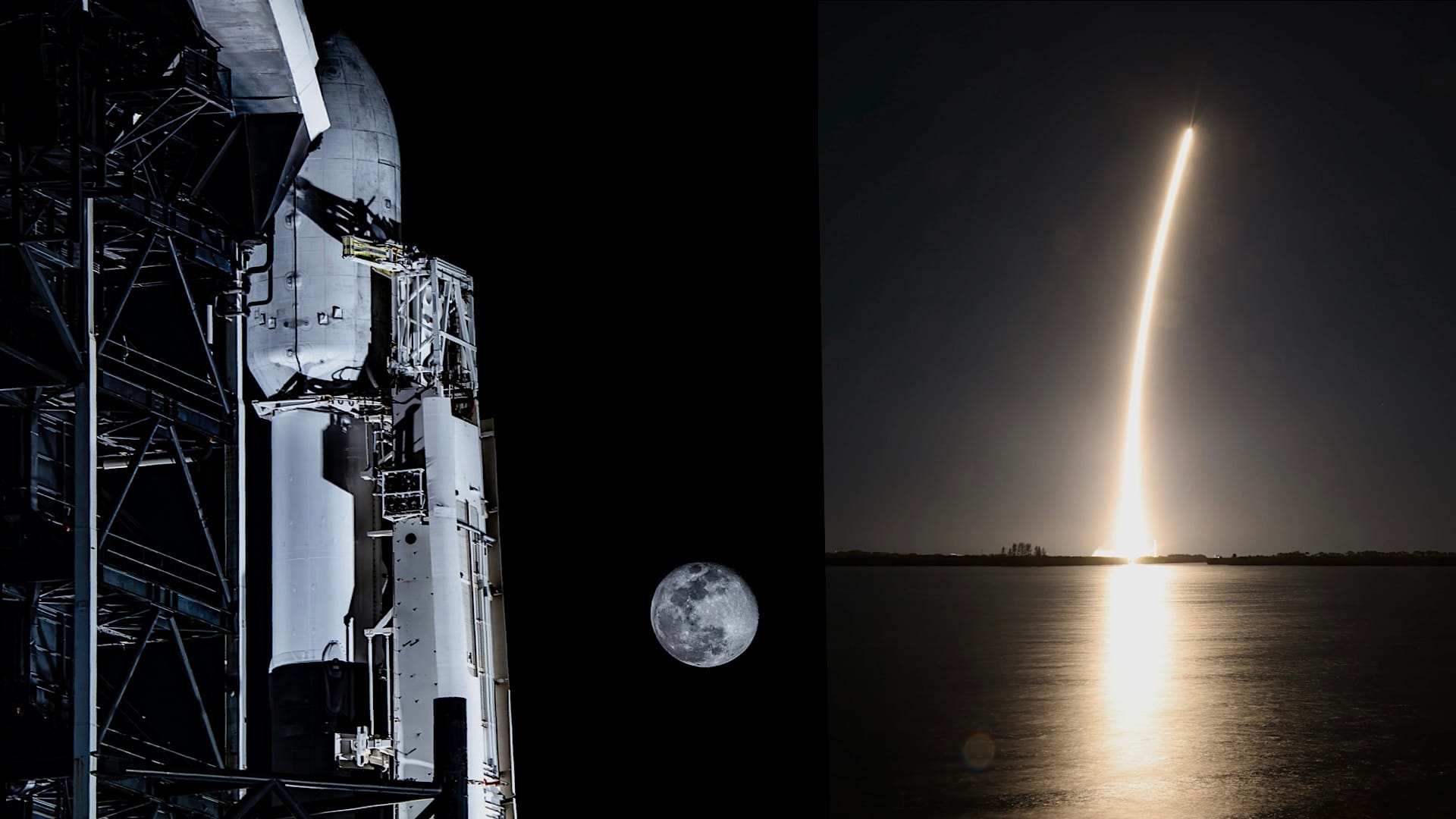
On January 15, a SpaceX Falcon 9 rocket successfully launched and deployed two Moon landers in space: The US-based Firefly’s Blue Ghost lander, flying 10 NASA payloads under the agency’s CLPS program in a company-first, and ispace Japan’s Hakuto-R lander, carrying multiple commercial payloads and following up on its first failed landing attempt.
Firefly and NASA switched on six payloads on Blue Ghost, which have collected and sent initial data to Earth. On January 17, ispace verified operating Hakuto-R’s propulsion system by firing the main engine for the first orbital maneuver. As did Blue Ghost on January 19. Firefly aims to land Blue Ghost on the Moon in the first week of March in the lava plains of Mare Crisium at 18.56°N, 61.81°E whereas ispace’s attempted touchdown after four months will be in the lava plains of Mare Frigoris targeting 60.5° N, 4.6° W.
Resources to follow these missions
- My guide on how to follow CLPS updates
- Firefly’s Live Updates blog for Blue Ghost
- ispace Japan’s News section
- Browse my dedicated CLPS coverage webpage, and search the Moon Monday archive
- Subscribe for free to Moon Monday to receive mission updates with context 🌝
As Firefly and ispace reach for the Moon, here’s a reminder of what makes a Moon landing “successful”. I published it last week, and received so many emails from my readers agreeing with the critique as well as my disclaimer inside. And now I’m glad to share that the article has been featured on Medium by its Editorial. ✨
Meter by meter, to the Moon
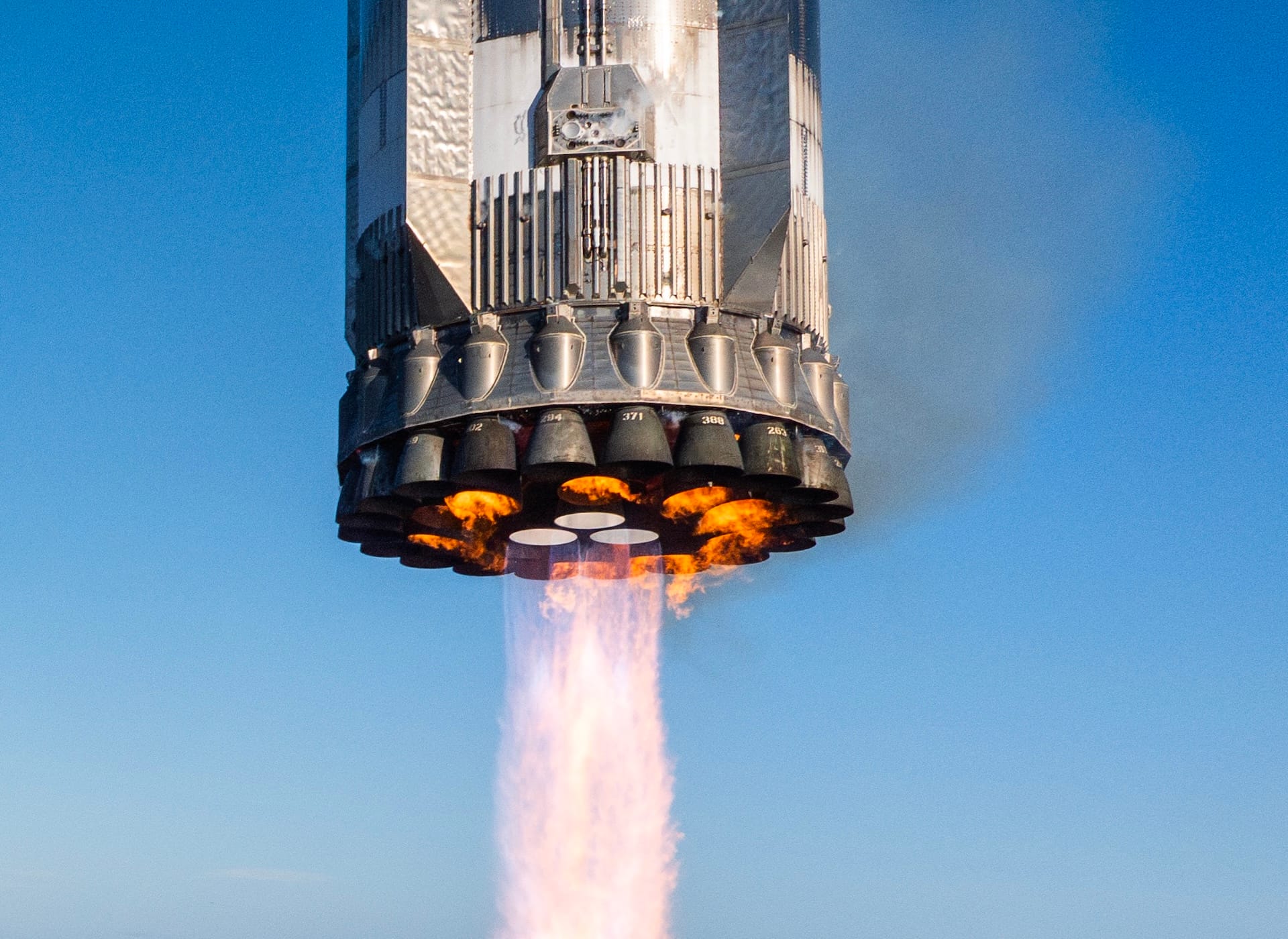
SpaceX’s seventh launch of its Starship Super Heavy rocket on January 16 saw a second successful booster stage catch while the Starship upper stage exploded. While the company asserted Starship debris to have fallen only “into the designated hazard area”, and Elon Musk suggested no delays for SpaceX to launch the next Starship, the US Federal Aviation Administration (FAA) said debris fell outside the designated areas, and that its danger led air traffic controllers to divert, reroute, or delay commercial flights over the Caribbean and the Atlantic Ocean. The media outlet Ars Technica noted the following as it listened to live audio from air traffic control in San Juan, Puerto Rico:
How long do you think this hold is going to be? We don't have a lot of gas to play with," one pilot asked air traffic control. "The sooner we can get on the ground, the better."
The FAA and SpaceX will thus need to conduct and close the flight anomaly investigation before the next Starship Super Heavy can take off. As such, NASA’s road to putting humans on the Moon that has been inching through Starship has slowed down with this failed flight.
On January 16, Blue Origin launched its huge, heavy-lift New Glenn rocket, achieving orbit in the very first try and demonstrating engine relight capability after getting in orbit. In 2023, NASA chose the Blue-Origin-led Blue Moon spacecraft to land astronauts on the Moon for Artemis V by end of decade. Blue Moon will be lofted to space and refueled for its mission with New Glenn launches. As such, the successful launch of New Glenn has finally opened up a second line of pursuit for NASA to send astronauts to the lunar surface other than via Starship. But before a Blue Moon carries crew, Blue Origin plans for New Glenn to launch a robotic Mark I Moon lander this year or next as a key technology demonstrator.
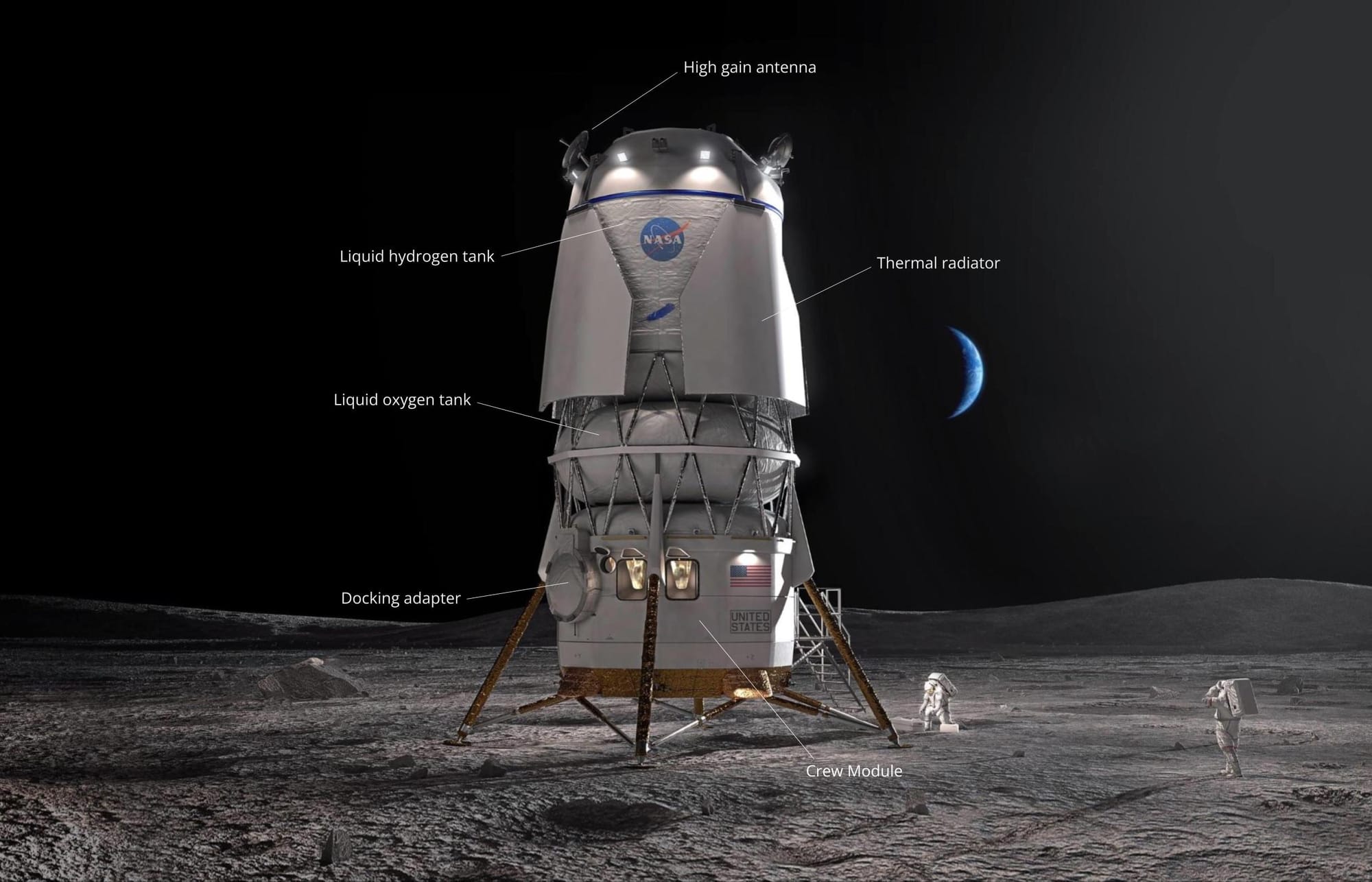
Many thanks to Astrolab, Henry Throop and Abhinav Yadav for sponsoring this week’s Moon Monday! If you too appreciate my efforts to publish this curated community resource for free, support my independent writing. 🌙
SPADEX paves the way for Chandrayaan 4 lunar sample return
On January 16, India successfully docked and then controlled two twin satellites in circular low Earth orbit as part of mission SPADEX (space docking experiment). ISRO is using the $14 million mission, sans the launch cost, as practice before the agency launches the complex Chandrayaan 4 for bringing samples from the Moon. Chandrayaan 4 will feature remotely docking robotic modules in Earth as well as in lunar orbit, the latter being a feat only China has achieved so far.
Chethan Kumar reports that ISRO will soon undock the satellites and then conduct more docking trials with enhanced precision. This is only the first of three SPADEX missions by ISRO as Chandrayaan 3’s Project Director Palanivel Veeramuthuvel noted in his talk at the 2024 International Astronautical Congress (IAC). At least one of the next two SPADEX missions will demonstrate docking in an elliptical orbit, something that better simulates scenarios for Chandrayaan 4.
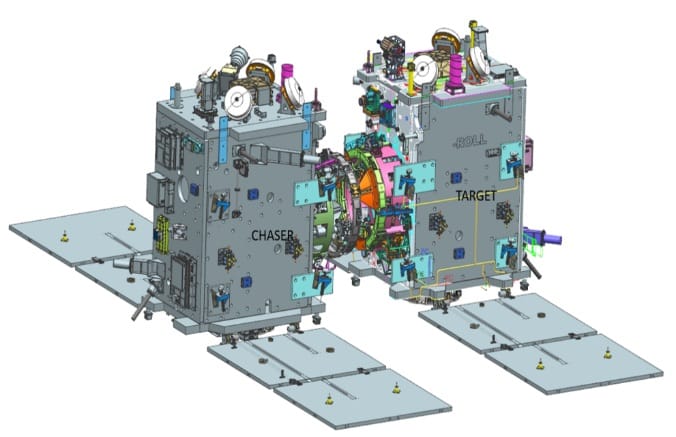
Chandrayaan 4’s landing site will be somewhere between 85–90° on the Moon’s south pole, putting it squarely in the water-hosting polar region as opposed to the 70°S for Chandrayaan 3. Chandrayaan 4 is not the only reason for ISRO to conduct SPADEX missions as these will also reduce risk for the upcoming Gaganyaan human spaceflight missions—especially so for the end-of-decade cargo flight to the International Space Station and one to India’s first space station module.
More mission updates
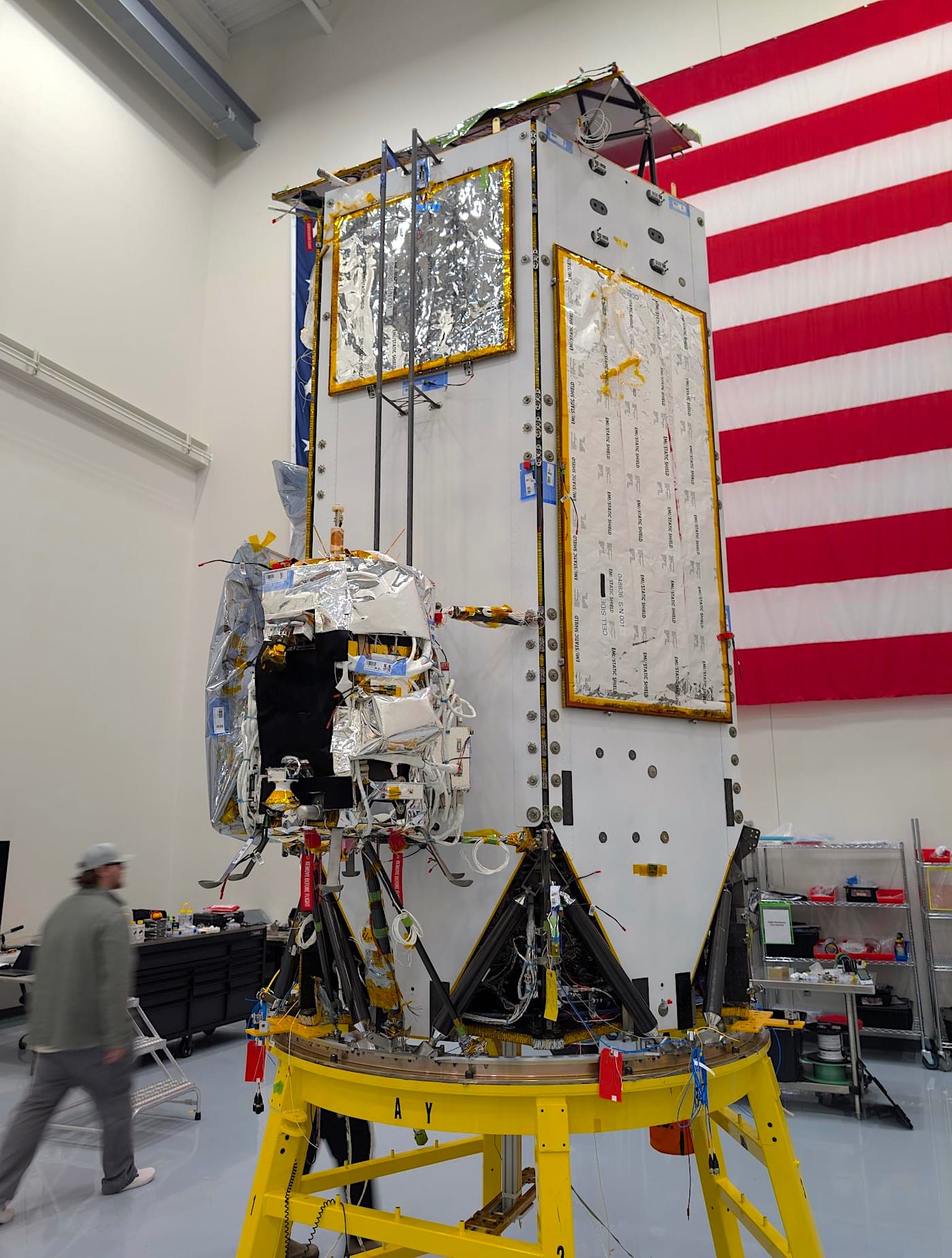
- Intuitive Machines is preparing the Athena lander for the company’s second Moon landing mission part of NASA’s CLPS program ahead of a late February Falcon 9 launch. Relatedly, ESA announced that it will buy data from a Hungarian company whose neutron spectrometer will be aboard a hopper that Intuitive’s Athena lander will deploy on the Moon’s south pole. The instrument will detect subsurface hydrogen as indirect signs of water ice. This lunar exploration data buy agreement is a first for ESA, and the agency says it will standardize the data and make it public.
- China’s Yutu-2 rover from the 2019-landed Chang’e 4 mission on the Moon’s farside hasn’t moved since March 2024, leading to speculation that it may have become immobile. Either way, Yutu-2 has clinched the title of the longest operational lunar rover.
- US-based Draper’s first Moon landing mission part of NASA CLPS launching no earlier than 2026, whose lander is being developed by ispace US, will commercially carry a retroreflector from the Italian Space Agency thanks to a deal via ispace Europe. Explaining how a single payload got on a lander in the new space age can be complicated. 😄
Calling it a “race” to hide implanting fear
An article called Moonshot Solution in the Pioneer Works magazine is a recent example of a questionably provocative piece in the name of lunar resource exploitation. While I think the broader concern expressed in the piece is generally valid, the article does not connect many dots well and gets basic facts wrong which makes you question its rigor and intent. Mistakes in the piece include:
- Japan’s SLIM lander didn’t touchdown 34 miles off target; it was 55 meters..
- Apollo 17 landed over 50 years ago, not 40.
- Water ice deposits on the Moon’s polar surface and just below it being accessible is not a fact. We need ground truth from multiple missions before we can truly know.
- Rare earth elements on the Moon are not as accessible as implied. They are sparsely scattered, and aren’t mapped in high-enough resolution in areas where there may or may not be concentrated enough at lander and mission scales to economically make sense mining in the near future. It will likely not make sense to bring them to Earth in bulk in the near future because going to the Moon’s surface and coming back to Earth is very energy expensive.
As for the parts concerning LunA-10: While it’s an ambitious undertaking, LunA-10 is also at a nascent stage right now and does not concern only mining infrastructure but more mundane things as well such as solar power. Technologies associated with it are not going to be ready in the practically immediate timeframes asserted by the piece.
And so, my problem with such pieces is that by skewing and extrapolating from fractional aspects of lunar exploration developments, they place information in ways that allude to fear of exploitation and distrust rather than actually engaging in productive discourse. Such articles are not much better than pieces that have suggested that China chose to land the Chang’e 6 spacecraft for sample return in the farside Apollo crater just to signal the US of a race LOL.
